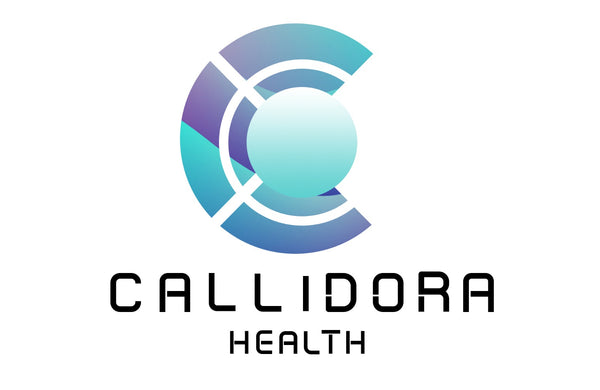Vein health is crucial, yet often overlooked, especially when it comes to our arms. Whether you're recovering from surgery, managing lymphedema, dealing with varicose veins, or experiencing mild swelling and fatigue, a compression arm wrap can make a big difference. These medically designed wraps improve blood flow, reduce discomfort, and support long-term vein health. In this blog, we’ll explore how vein care compression arm wraps work, who can benefit from them, and how to choose the right one for your needs.
What Is a Vein Care Compression Arm Wrap?
A compression arm wrap is a specialized garment designed to apply graduated pressure to the arm. This pressure helps blood flow more effectively through the veins, reducing swelling and preventing pooling of blood, especially in individuals with poor circulation or venous disorders.
Unlike ordinary sleeves or bandages, these wraps are made with medical-grade materials and engineered to apply just the right amount of pressure—firm enough to support circulation but gentle enough for everyday wear.
Benefits of Compression Arm Wraps
-
Improved Blood Circulation
Compression helps veins push blood back to the heart, reducing the risk of clot formation and venous insufficiency. -
Swelling Reduction
Ideal for managing lymphedema or post-surgical swelling, compression wraps can dramatically reduce arm puffiness and fluid retention. -
Pain and Fatigue Relief
By improving circulation and reducing inflammation, users often experience less pain, heaviness, or fatigue in the arms. -
Post-Surgery Support
Commonly recommended after procedures like mastectomy or vein surgery, arm wraps help in faster, safer healing. -
Daily Comfort
Lightweight and breathable designs make them suitable for daily use, especially for those with long working hours or sedentary routines.
Who Should Use a Compression Arm Wrap?
-
Individuals with venous insufficiency or varicose veins
-
Patients recovering from arm surgery or injuries
-
Those dealing with lymphedema
-
Athletes or fitness enthusiasts wanting muscle recovery
-
People who work long hours at a desk or on repetitive arm tasks
Important: Always consult with a healthcare professional before starting any compression therapy.
Choosing the Right Compression Arm Wrap
-
Compression Level: Measured in mmHg (millimeters of mercury), common levels range from 15–20 mmHg (mild) to 30–40 mmHg (firm). Choose based on medical advice.
-
Size & Fit: A snug fit is essential. Too tight can restrict blood flow, too loose can be ineffective.
-
Material: Look for breathable, skin-friendly fabrics for comfort during long wear.
-
Design: Some wraps are adjustable with Velcro, while others are slip-on sleeves—choose based on ease of use and preference.
Care and Usage Tips
-
Wear your wrap as directed—typically during waking hours or when swelling occurs.
-
Wash regularly with mild soap to maintain elasticity.
-
Avoid wearing damaged or overstretched wraps; replace as needed for continued effectiveness.
